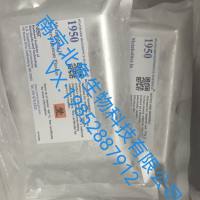MALDI Direct Analysis and Imaging of Frozen Versus FFPE Tissues: What Strategy for Which Sample
互联网
614
Significant advances have been made in the past decade in the field of mass spectrometry imaging with MALDI ion sources (MALDI-MSI). While MALDI-MSI has high potential in the field of biology and in the clinic, a challenge for MALDI-MSI has been to adapt itself to a greater range of sample types. In particular, much of the biological archived materials for pathology studies are tissue biopsies fixed with paraformaldehyde and embedded in paraffin (FFPE tissues) because of the high stability of such samples. Thus, there has been a need to develop strategies for analyzing FFPE samples as this would allow retrospective studies of past clinical cases on large cohorts of existing samples. Obviously, PAF fixation, by inducing protein cross-linking, causes problems for molecular analysis by MS. We developed on tissue digestion strategies for overcoming these difficulties and allowing molecular data to be retrieved from FFPE samples no matter how long they have been stored. These digestion strategies preserve localization from digested proteins making MALDI-MSI of proteins possible by monitoring the resulting peptides. We present methods and protocols for FFPE samples. These strategies have proven to be valuable for all tested FFPE samples and have opened archived tissues from hospital banks to MALDI-MSI.









